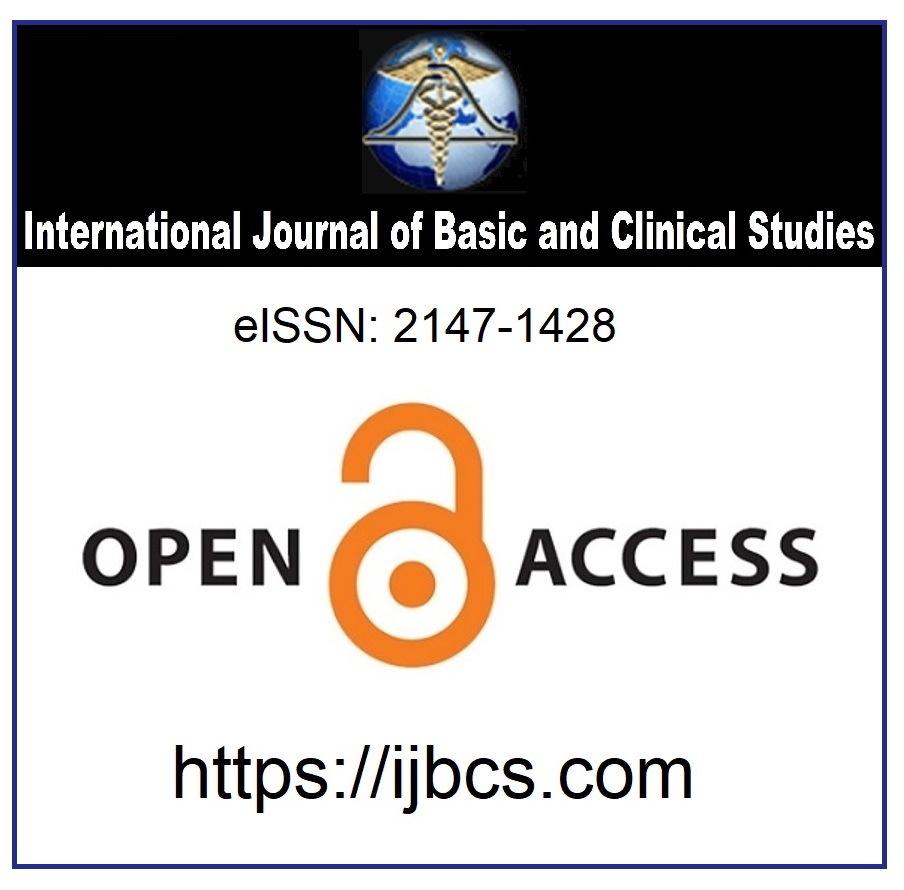Evaluation of Thrombin- Antithrombin Complex in Patients with Type-II Diabetic Coronary Artery Disease
Keywords:
coagulation abnormalities, type 2 diabetes, coronary artery disease, thrombin-antithrombin complexAbstract
The aim of the study was to determine whether plasma levels of thrombin-formation antithrombin III (TAT) complex and oxidized LDL (ox-LDL) levels as a biomarkers in patient with diabetic coronary arter diseases differed from that in coronary artery patients. Patients were included in this study and were divided into two groups- just patient with coronary artery diseases as group 1 and the diabetic coronary artery disease as group 2. Demographic data were collected all patients. Blood samples were taken from all groups after the exmanination according to the protocol. Serum TAT and ox-LDL were assayed using enzyme-linked immunoabsorbent assay. Regular biochemical data were measured using conventional methods. Of the 39 participants in this study, 19 had diabetic coronary artery diseases. TAT complex levels in the plasma of 20 control grup (Group 1) and 19 patients (Group 2) were assessed by ELISA method. C-reactif protein (CRP) and fibrinogen levels were assed in plasma of group 1 and and group 2 in Marmara University Pendik Education and Research Hospital, Cardiovascular Surgery department. CRP and fibrinogen levels in group 2 plasmas were found high in significant level (p=0.001). HbA1c (p<0.001) levels and in terms of diabetes duration in both groups were observed meaningful difference (p<0.001). A significant difference was not detected between groups in terms
of platelet levels (p>0.05). A significant difference has been detected between plasma LDL levels of group 1 and and group 2 (p<0.001). The levels of TAT complex in the plasma collected from group 1 (29,27±24.14 ng/mL) was found higher than the group 2 (10.12±3.62 ng/mL) (p<0.001). In addition to this, a significant difference has not been detected between the oxidized LDL values of group 1 (123.26±17.18 pg/mL) and group 2 (122.87±27.13 pg/mL) (p>0.05). The present study showed that serum TAT levels were significantly higher in patient with coronary artery diseases group than just coronary artery diseases group. We concluded that serum TAT complex may be used as a coagulation risk biomarker in this group.
Downloads
Published
How to Cite
Issue
Section
License
Copyright (c) 2020 by the Authors

This work is licensed under a Creative Commons Attribution 4.0 International License.



